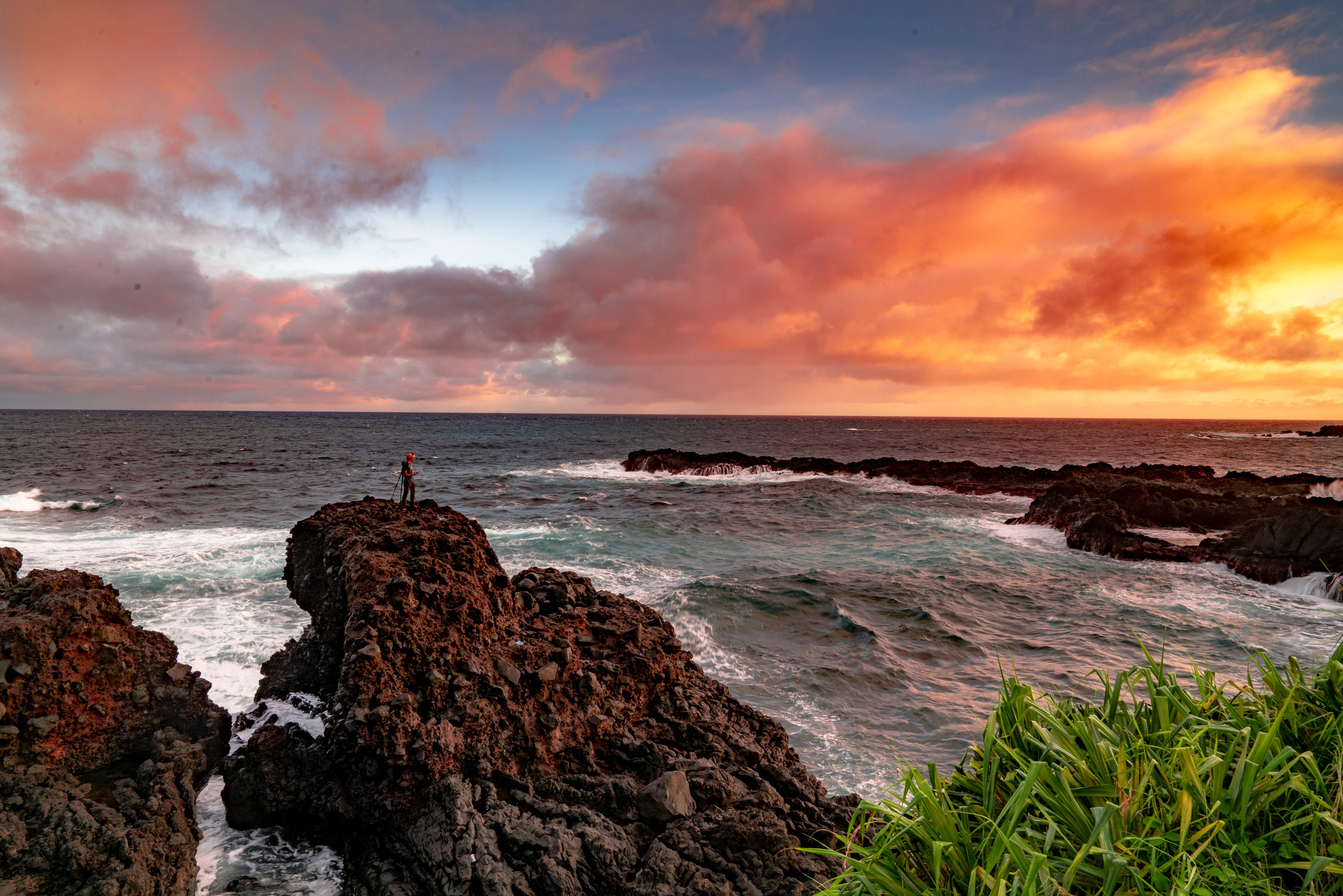
Article Summary: Haleakala National Park Facts
Haleakala National Park Facts! In this article, we provide you with 12 amazing facts about one of America’s most magnificent national parks.
More Than Just Parks is your one-stop-shop when it comes to learning everything you’ll need to know about America’s national parks. We’ve got expert guides, beautiful photos, helpful tips, breathtaking films and so much more.
I’ve been to so many of these amazing places since retiring from teaching in 2018. Did I mention that I taught history? I spent a lifetime teaching about the history behind some of these natural wonders. Then I got to see them firsthand. And now I’m sharing some of the incredible stories about these beautiful places with you. It doesn’t get any better than that!
More Than Just Parks takes a deeper dive with its national park facts. We’ve done our homework so that you’ll get more than you bargained for.
Without further ado, let’s dive in.
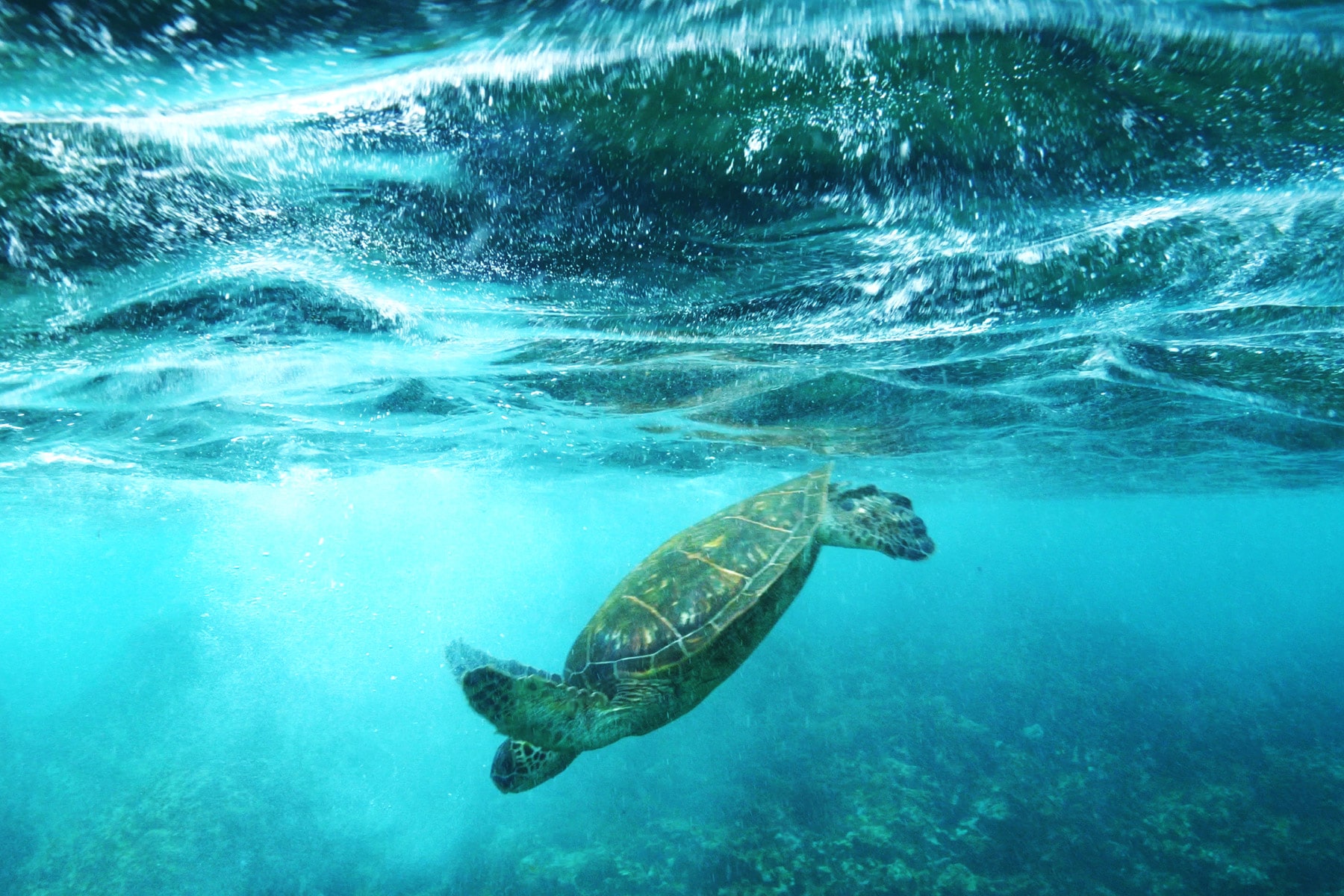
Table Of Contents: Haleakala National Park Facts
Haleakala National Park Facts
- Facts About Haleakala National Park
- Haleakala National Park Facts
- Top 5 Haleakala National Park Facts
- 1. Polynesians From The Marquesas Islands Were The First Humans To Visit & Settle The Hawaiian Islands
- 2. The Earliest Settlers Established A Caste System
- 3. Haleakala Is Taller Than Mount Everest
- 4. Haleakala Has Rocks Over 1,000,000 Years Old
- 5. Haleakala National Park Was Designated An International Biosphere Reserve In 1980
- Top 10 Haleakala National Park Facts
- 6. There’s An Astronomical Observatory Located On The Summit Of Haleakala National Park
- 7. Haleakala’s Massive Crater Takes Up Three-Quarters Of Maui’s 727 Square Miles
- 8. Haleakala Provides An Important Habitat For Hawaii’s State Bird
- 9. The Park Is Home For An Endangered Plant
- 10. Haleakala National Park Has Made A Cameo Appearance In Quite A Few Hollywood Films
- Top 12 Haleakala National Park Facts
- Meet The Parks Brothers
- Map Of Haleakala National Park
- We Hope You’ll Follow Our Journey
- Top 5 Haleakala National Park Facts
Facts About Haleakala National Park
Some Basic Facts About Haleakala National Park
Haleakala National Park is a beautiful and unique park located on the island of Maui in Hawaii. The park covers over 33,000 acres of land and is home to a wide variety of plant and animal life, as well as several unique geological features.
The park is named after Haleakala, a massive volcano that stands at an elevation of 10,023 feet and dominates the landscape of the park. The volcano is considered to be one of the most sacred places in Hawaiian culture, and it is home to many unique plants and animals that are found nowhere else in the world.
The park’s landscape is diverse, with forests of native trees, grasslands, and wetlands. The park is also home to a wide variety of plant and animal life, including native birds, reptiles, and amphibians.
There are many ways to explore and enjoy Haleakala National Park. Visitors can go hiking or biking on the park’s trails, go birdwatching or stargazing in the park’s dark skies, or even take a scenic drive through the park’s beautiful landscapes. There are also several campgrounds located within the park, providing comfortable accommodations for visitors.
Haleakala National Park is a beautiful and unique place, offering visitors the opportunity to experience the beauty and majesty of the natural world in a truly special setting. It is a great destination for outdoor enthusiasts, with plenty of opportunities for hiking, camping, and other outdoor activities.
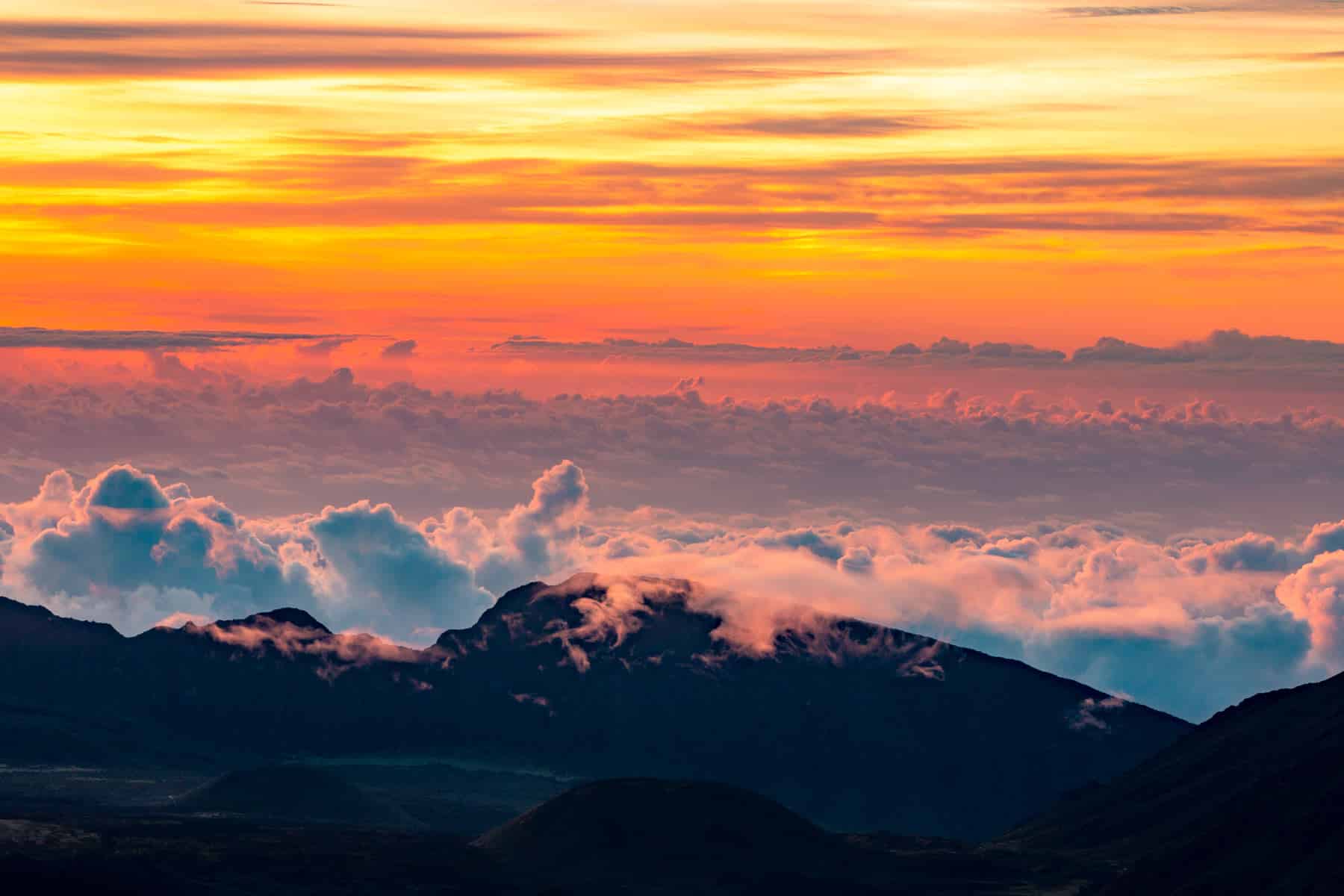
CHECK OUT: The BEST Hawaii National Parks
Here Are Some Basic Facts About Haleakala National Park
Location: Hawaii
Acreage: Of its 30,183 acres, 24,719 acres are designated wilderness.
Visitation: In 2020, 319,147 people visited Haleakala National Park.
Highest Elevation: Haleakala’s highest point, Puu Ulaula Summit, is 10,023 feet.
Lowest Elevation: The lowest elevation found in Haleakala is 0 feet at the Pacific Ocean.
When Did It Become A National Park? Haleakala National Park was established on August 1, 1916.
Haleakala National Park Facts
Top 5 Haleakala National Park Facts
1. Polynesians From The Marquesas Islands Were The First Humans To Visit & Settle The Hawaiian Islands
We begin our Haleakala National Park Facts with the history of its earliest peoples. As a retired history teacher and lifelong history buff, I always like to begin with an interesting origin story. And, as a part of the Hawaiian Islands, Haleakala, in my opinion, has one of the most interesting.
Polynesians from the Marquesas Islands were the first humans to visit and settle the Hawaiian Islands between 1000-1200 AD.
They were skilled navigators who used observations of natural phenomena such as stars, migratory birds, ocean currents, rainbows, and whales to guide their double-hulled canoes, known as Waʻa, across the 2,000 miles of ocean.
These voyagers brought along many animals and plants to sustain them in their new home, including pigs, dogs, chickens, taro, sweet potato, coconut, banana, sugar cane, and other edible and medicinal plants.
The area now encompassed by Haleakala National Park has been a destination for many people since the Polynesians first arrived in Hawaii over a thousand years ago.
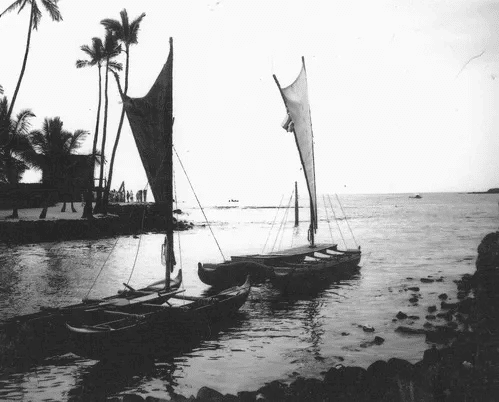
CHECK OUT: 11 AMAZING Acadia National Park Facts
2. The Earliest Settlers Established A Caste System
Another one of the fascinating Haleakala National Park Facts is that, for the inhabitants of the Hawaiian Islands, life was structured around a caste system.
The social heirarchy was delineated into a strict caste system. At the top of this social pyramid were rulers known as Aliʻ i (chiefs.)
On the next rung below the Aliʻ i were the Kahuna (professionals,) who were experts on the spiritual realm, medicines, canoe-building, and rituals.
Below them were the Maka ʻainana (commoners) who farmed, fished, built homes, and paid taxes to the Aliʻi.
The lowest rung were the Kauwa (outcasts and slaves.) Kauwa were villagers who ran afoul of an Aliʻi or Kahuna, or were prisoners of war.

CHECK OUT: A Brief (& Informative) History Of America’s National Park Rangers
3. Haleakala Is Taller Than Mount Everest
One of the most interesting of the Haleakala National Park Facts is that, believe it or not, Haleakala is taller than Mount Everest.
And it doesn’t stop there. Haleakala is also taller than Mount Kilimanjaro (19,341 feet), Mount McKinley (20,320 feet) and K2 (28,251 feet).
Combined, Haleakala tops off at 29,704 feet from its base on the ocean floor to its sky-high summit.
Now that’s tall!
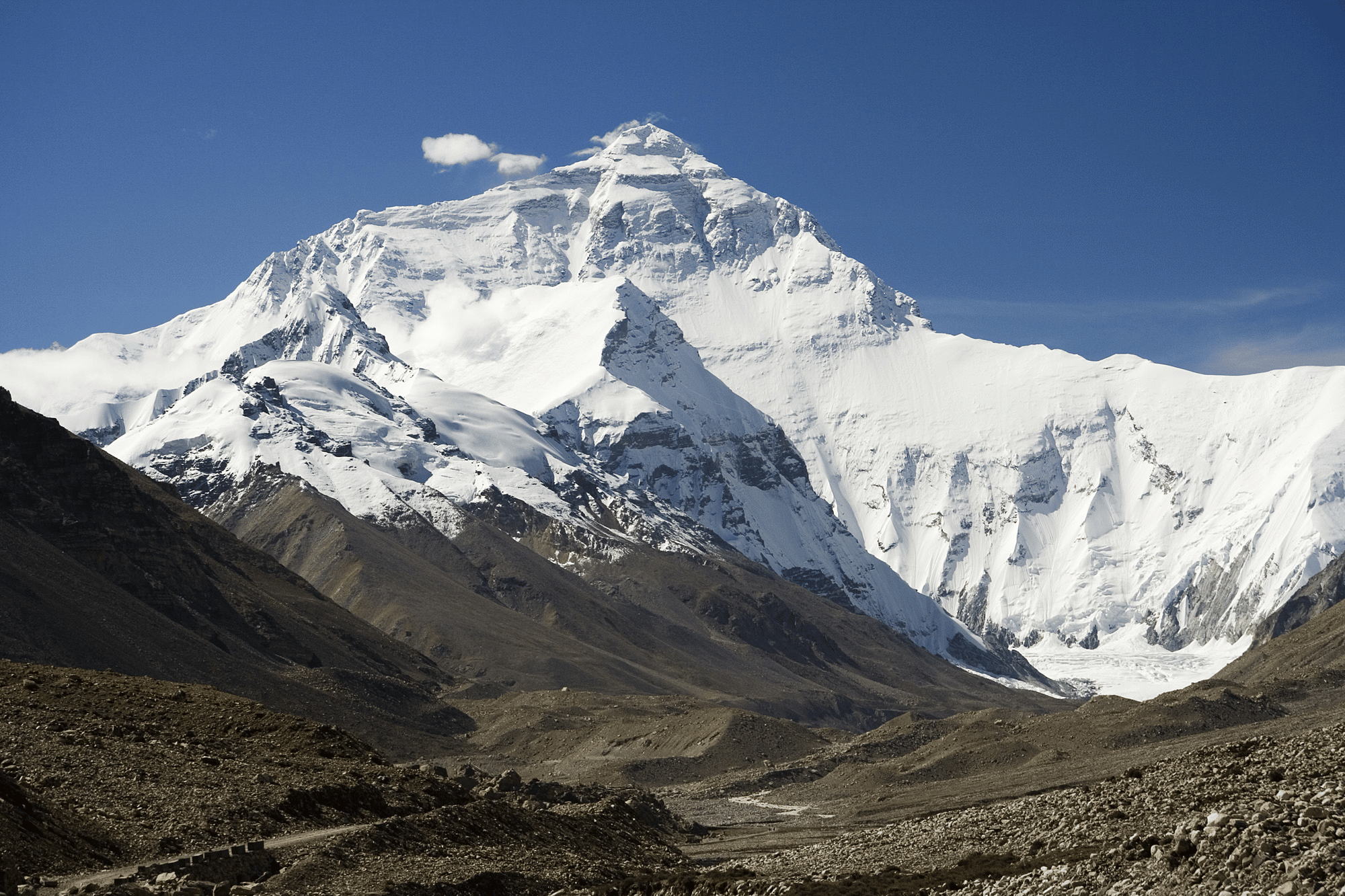
CHECK OUT: 14 AMAZING Facts About Biscayne National Park
4. Haleakala Has Rocks Over 1,000,000 Years Old
According to the National Parks Service, the volcano at Haleakala erupted in 1600 CE.
The oldest rock units of the volcano—known as the Honomanu Basalt—are relatively young in geologic terms, between 0.97 million and 1.1 million years old.
The volcano intermittently erupts every 200 to 500 years.
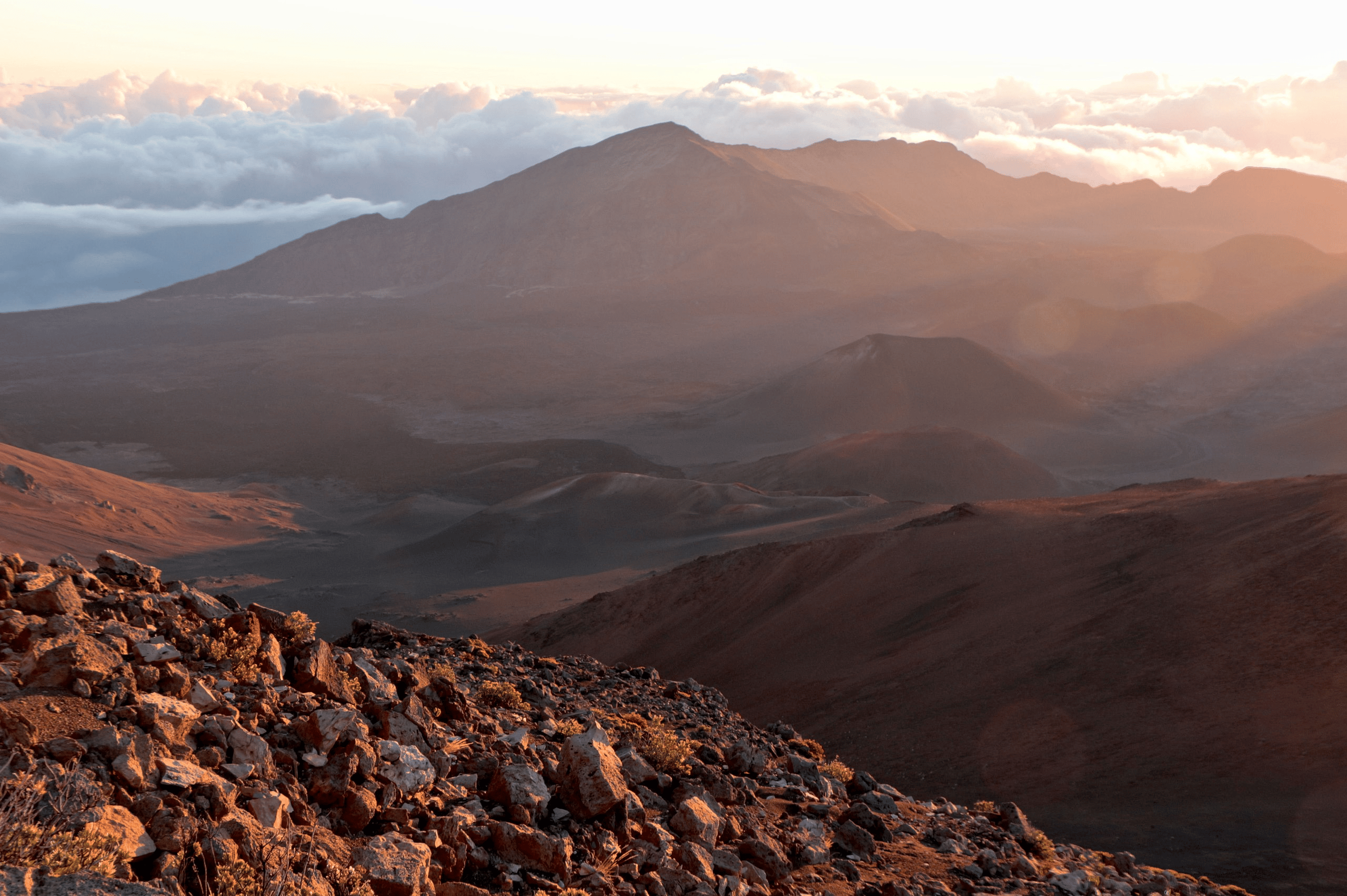
Shield Volcanoes
As long was we’re on the subject of volcanoes, according to the National Park Service, all Hawaiian volcanoes are called “shield volcanoes” because the gradual buildup of many thin layers of lava erupting from the hot spot creates a shape like a warrior’s shield —long, broad, and gently curved.
About 40% of the volcanoes on Earth are shield volcanoes.
The shape of Haleakalā means that only the very top — only about 5% — is above sea level.
Fourteen multicolored puʻu (cinder cones) can be seen dotting the summit valley of Haleakalā. Puʻu form when gas is trapped in lava during an eruption and forces the lava to eject as a fountain; much like when you shake a carbonated drink can and then break the seal.
The hot lava falls as sticky cinders all around the base of the fountain and a puʻu is built.
The volcano stands 28,000 feet (8,534 meters) above the sea floor, making it the third-tallest mountain on Earth.
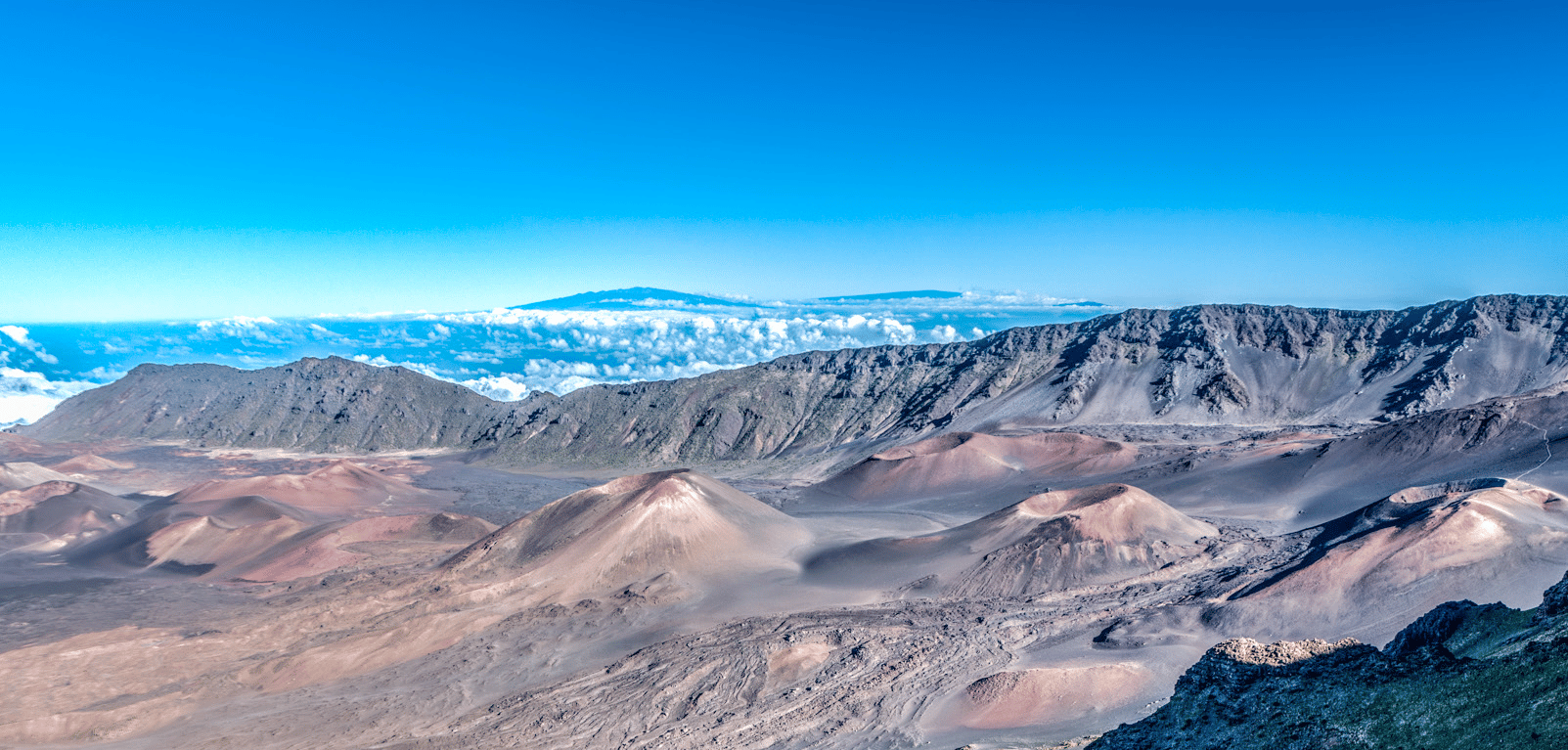
CHECK OUT: 12 SURPRISING Channel Islands National Park Facts
5. Haleakala National Park Was Designated An International Biosphere Reserve In 1980
Now here’s another amazing Haleakala National Park Fact. Haleakala National Park was designated an International Biosphere Reserve in 1980.
Now you just might be asking yourself what exactly is a biosphere? The biosphere is made up of the parts of Earth where life exists. The biosphere extends from the deepest root systems of trees, to the dark environment of ocean trenches, to lush rainforests and high mountaintops.
According to UNESCO, Biosphere Reserves are ‘learning places for sustainable development’. They are sites for testing interdisciplinary approaches to understanding and managing changes and interactions between social and ecological systems, including conflict prevention and management of biodiversity.
They are places that provide local solutions to global challenges. Biosphere reserves include terrestrial, marine and coastal ecosystems. Each site promotes solutions reconciling the conservation of biodiversity with its sustainable use.
There are currently 738 biosphere reserves in 134 countries, including 22 transboundary sites, that belong to the World Network of Biosphere Reserves.
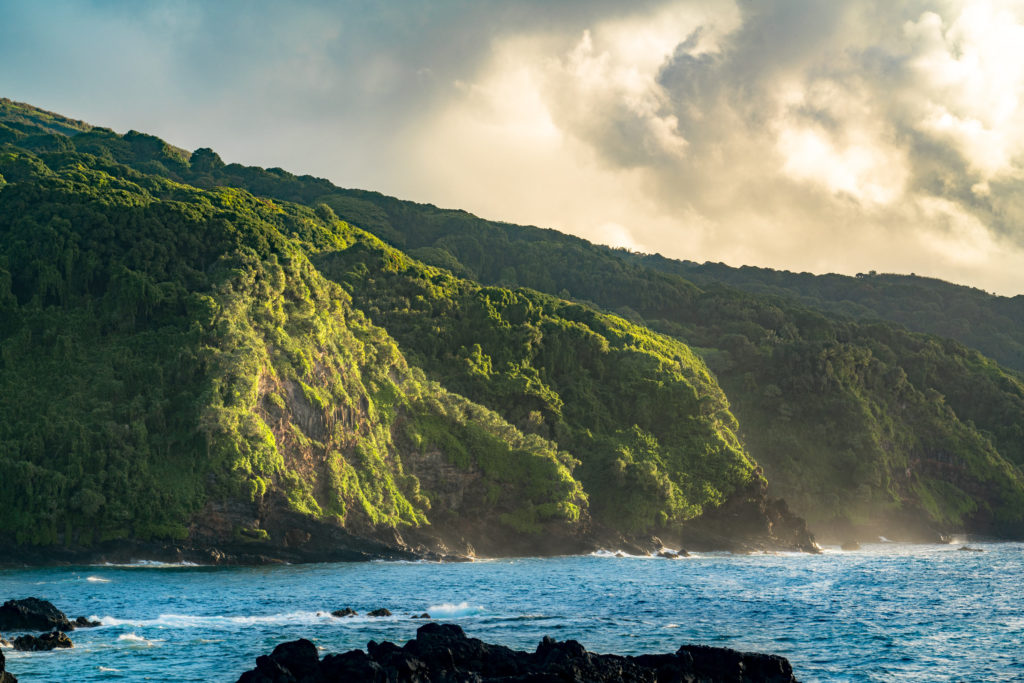
CHECK OUT: 10 SURPRISING Congaree National Park Facts
Top 10 Haleakala National Park Facts
6. There’s An Astronomical Observatory Located On The Summit Of Haleakala National Park
The next one of our Haleakala National Park Facts is literally out of this world.
Dubbed “Science City,” the Haleakala High Altitude Observatory was erected in 1958 due to the optimal viewing conditions the shield volcano possesses, where a near-absence of light pollution, as well as the high-altitude air and the mountain’s tremendous height, render it one of the most superb and valuable planetariums in the world.
Today the observatory is used by the University of Hawaii, United States Air Force, LCOGT, and other organizations.
The altitude at the summit is just over 10,000 feet, which is an ideal place for stargazing.

CHECK OUT: 15 (FASCINATING) Death Valley National Park Facts You Probably Didn’t Know
7. Haleakala’s Massive Crater Takes Up Three-Quarters Of Maui’s 727 Square Miles
One of my favorite Haleakala National Park Facts involves the Haleakala Crater.
Believe it or not, Haleakala Crater looms 10,023 feet above the Pacific Ocean, taking up three-quarters of Maui’s 727 square miles.

Its ascent takes trekkers through 6 of the world’s 14 climate zones, while its depression was deemed the quietest place on the planet by acoustic experts, who found that its ambient sound levels were “near the very threshold of human hearing.”
Its summit is considered one of the leading destinations in the world for observing and monitoring astronomical wonders.

The Crater
Haleakala National Park is home to the massive Haleakalā volcano, which is not an active volcano, but it has the potential to erupt again.
The area known as “the crater” is actually a vast valley carved by water and landslides, which has been partially filled by subsequent eruptions of the volcano.
The valley is S-shaped, 3,000 feet deep at its deepest point and about 2.5 miles wide at its widest point. The volcano’s original circular crater has long been eroded away.
The last eruption occurred on the southwest flank along a rift zone, and it was only 400-600 years ago.
Over the past 1,000 years, Haleakalā has erupted at least 10 times.
Currently, the volcano seems to be dormant, but visitors should be aware that it could erupt again in the future.

CHECK OUT: 11 SURPRISING Everglades National Parks Facts
8. Haleakala Provides An Important Habitat For Hawaii’s State Bird
Just when you thought that we couldn’t come up with another of our Haleakala National Park Facts we do just that. The Park provides an important habitat for Hawaii’s state bird.
The official state bird of Hawaii is the Nēnē, also known as the Hawaiian goose.
This species of goose is thought to have evolved from the Canada goose which likely arrived on the Hawaiian islands about 500,000 years ago.
Found only on the Hawaiian islands, these protected birds are quite a sight to behold.
Actually, this bird was completely extinct on the Island of Maui by the 1890s.
Nēnē birds were taken from the Big Island of Hawaii and reintroduced to Haleakala National Park between 1962 and 1978.

9. The Park Is Home For An Endangered Plant
One of the lesser known of the Haleakala National Park Facts is that an endangered plant called ‘ahinahina’ or Haleakala silversword grows there.
The silvery hairs of the Haleakala silverswords allow it to survive extreme weather conditions. Amazingly, it can live up to over 90 years.
The Haleakala silverswords are extremely sensitive to the touch of human beings that even the oil coming from human skin may destroy the fine hairs of the plant protecting it from light damage and radiation – resulting in immediate death. So look, but please don’t touch.
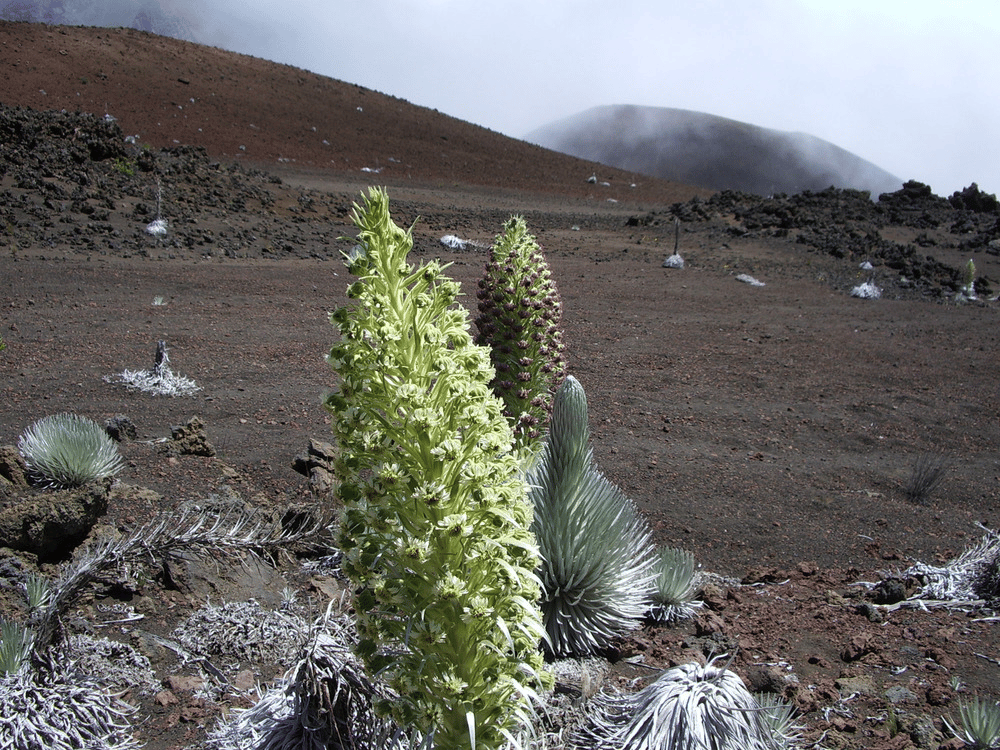
10. Haleakala National Park Has Made A Cameo Appearance In Quite A Few Hollywood Films
With an exotic location for a backdrop, it’s no surprise that Haleakala National Park has made a cameo appearance in quite a few Hollywood films.
Among these films are the following:
- The Devil at 4 O’Clock (1961)
- The Hawaiians (1970)
- Papillon (1973)
- Baraka (1992)
- Jurassic Park (1993)
- Turbo: A Power Rangers Movie (1997)
- Die Another Day (2002)
- The Hulk (2003)

CHECK OUT: Look Familiar? 25+ CLASSIC Movies Filmed In The National Parks
Top 12 Haleakala National Park Facts
11. Haleakala Features Amazing Lava Tubes
One of my favorite Haleakala National Park Facts has to do with the amazing lava tubes which visitors can explore.
Hawaii is home to many lava tubes, also known as pyroducts, which are underground passageways created by lava flows.
They are capable of transporting large quantities of lava long distances under the surface. When the supply of lava stops or is diverted, it leaves behind an empty cave.
These lava tubes are formed when the surface lava cools and solidifies, while the molten lava continues to flow underneath.
When active, lava travels through these tubes at temperatures that exceed 2,000º F (1090º C) and winds of superheated fume may blast through the tunnel, but the only sound may be the constant soft hiss of the relentless flow.
Once the lava subsides, these subterranean corridors become home to unique ecosystems of troglobites, animals specifically adapted to live in the dark and isolated environment.
Distinct species of crickets and spiders develop alongside special microbial colonies that can only be found in these lava tubes.

12. Haleakala National Park Features A Stunning Bamboo Forest
Our last Haleakala National Park Fact is among my favorites too. The park features a stunning bamboo forest.
About 1 mile in the Pīpīwai Trail gives way to a boardwalk that cuts through the heart of a vast bamboo forest, the likes of which you have never seen. The bamboo reaches soaring heights and hearing the rustle of the chutes in the wind is quite a treat. We definitely recommend it.
The best time to visit the Bamboo Forest is when it hasn’t been raining. The frequent rain can make the trail especially muddy. Apart from that aim for winter or one of the shoulder seasons to avoid crowded trails and parking areas.

RELATED: PIPIWAI TRAIL: Bamboo Forest, Banyan Tree, & Waimoku Falls Hike
Check Out Our Haleakala National Park Film
More Than Just Parks is the ONLY place you can go to find expert guides, beautiful photos, helpful tips, breathtaking films and so much more.
For this film we hiked every trail in the park and spent multiple seasons on the island of Maui. Haleakala is only one of six “tropical” National Parks in the system. The others are: Virgin Islands, Key Biscayne, American Samoa, Dry Tortugas, & Hawai’i Volcanoes.
Haleakala is unique because of it’s mix of ancient volcanic features in Haleakala Crater & it’s rugged, tropical coastline.
Two standout locations in the park are Haleakala Crater which features one of the most beautiful (and popular) sunrises in the entire National Park system and the Pipiwai Trail to Waimoku Falls which is one of the most beautiful hikes in the entire system.
Why Trust Us About Haleakala National Park?
We’re Jim Pattiz and Will Pattiz, collectively known as the Pattiz Brothers (and sometimes the Parks Brothers) and we absolutely LOVE the national parks.
You should probably know that we don’t just make this stuff up out of thin air. We’ve spent our entire adult lives exploring and filming America’s national parks and public lands.
We’ve worked with the National Park Service, the Department of Interior, USDA, and the U.S. Forest Service for years creating films on important places and issues. Our work has been featured in leading publications all over the world and even some people outside of our immediate family call us experts on the national parks.

Meet The Parks Brothers
Map Of Haleakala National Park
List Of Haleakala National Park Facts
- Polynesians From The Marquesas Islands Were The First Humans To Visit & Settle The Hawaiian Islands
- The Earliest Settlers Established A Caste System
- Haleakala Is Taller Than Mount Everest
- Haleakala Has Rocks Over 1,000,000 Years Old
- Haleakala National Park Was Designated An International Biosphere Reserve In 1980
- There’s An Astronomical Observatory Located On The Summit Of Haleakala National Park
- Haleakala’s Massive Crater Takes Up Three-Quarters Of Maui’s 727 Square Miles
- Haleakala Provides An Important Habitat For Hawaii’s State Bird
- The Park Is Home For An Endangered Plant
- Haleakala National Park Has Made A Cameo Appearance In Quite A Few Hollywood Films
- Haleakala Features Amazing Lava Tubes
- Haleakala National Park Features A Stunning Bamboo Forest
We Hope You’ll Follow Our Journey

Our goal here at More Than Just Parks is to share the beauty of America’s national parks and public lands through stunning short films in an effort to get Americans and the world to see the true value in land conservation.
We hope you’ll follow our journey through the parks and help us to keep them the incredible places that they are. If you’re interested joining the adventure, sign up below!
Helpful Links
Hawaii National Parks: The Best Hawaii National Parks
Volcanoes: Hawaii Volcanoes – Expert Guide
Best Things To Do: 15 Best Things To Do At Hawaii Volcanoes National Park
Petroglyphs: Pu`u Loa Petroglyphs – Hawai’i Volcanoes National Park
Pipiwai Trail: PIPIWAI TRAIL – Bamboo Forest, Banyan Tree, & Waimoku Falls Hike
Historic Sites: 5 MUST-SEE Historic Sites In Hawaii
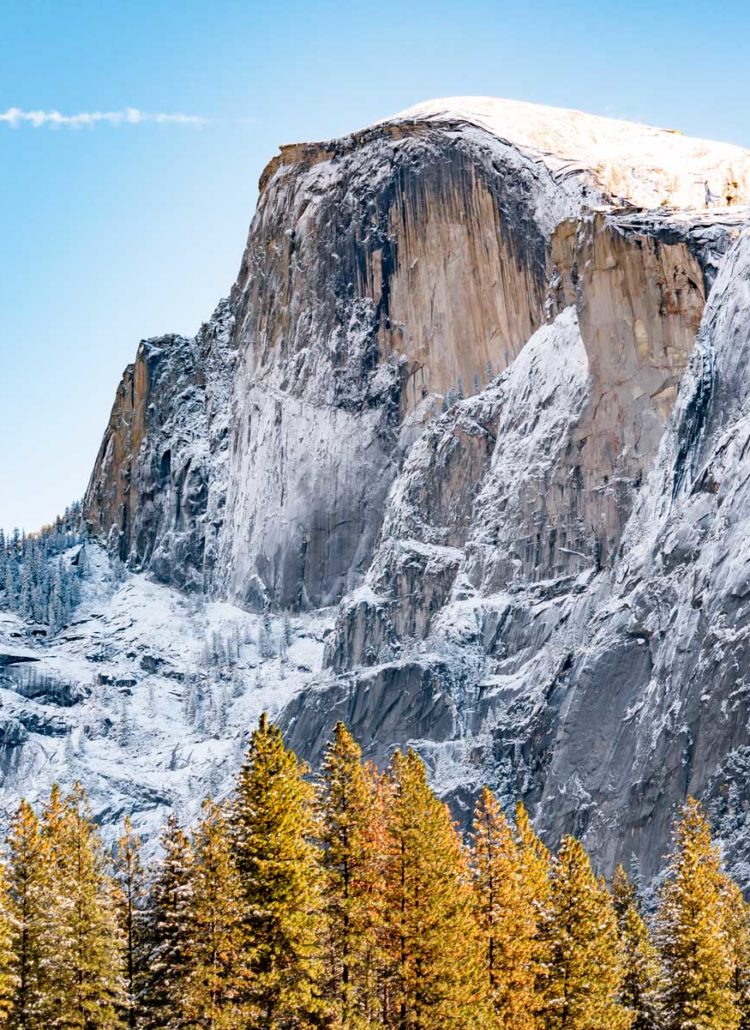


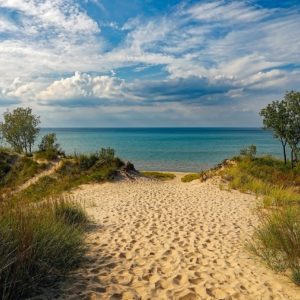

Leave a Reply